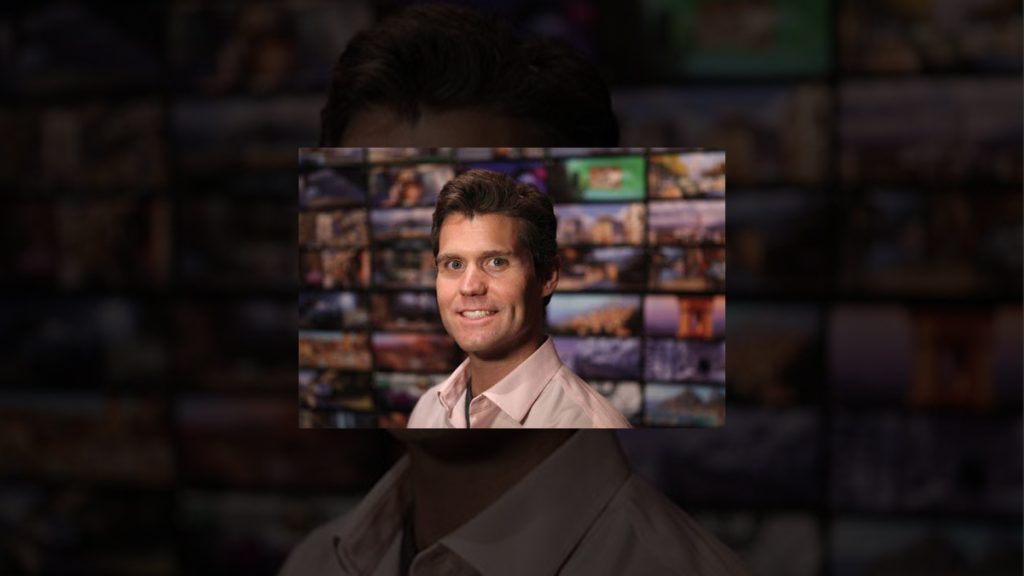How Pixar added depth to the Depths in "Finding Nemo 3D"
Bob Whitehill is very particular when it comes to particulates.
You know what particulates are, right? Suspended solids in liquid.
They're those itty-bitty bits of matter that give sea water its unique
color and clarity, which is why — if you're trying to use CG to create
believable H20 — you need to load that faux fluid with lots of
artificially-created particulates.
Which is just what Pixar Animation Studios did when they were originally producing Finding Nemo
10 years ago. With the end result being that this Andrew Stanton film
did such a great job of simulating the look of the undersea world that
it actually wound up winning the Academy Award for Best Animated Feature
back in 2003.
Bob Whitehill, stereographic supervisor for Pixar Animation Studios. Photo by
Deborah Coleman. Copyright Disney Pixar. All rights reserved
Of course, that was for the 2D version of Finding Nemo.
Eighteen months ago, when Whitehill and his Stereographic production
team began looking at this film in earnest and tried to form a plan as
to how they were going to refilm Nemo in 3D … Well, that's
when they learned that all of those tiny artificial particulates which
Pixar's artists had previously inserted to give the sea a sense of
authenticity were going to be a huge pain-in-the-butt to deal with.
"You'd take a look at a shot for Nemo that had previously
looked just fine and then attempt to translate that image into 3D, and
suddenly your field of vision is filled with all of this particulate
matter. And because they got between the viewer and the characters on
screen, these tiny free-floating flecks were very distracting," Bob
recalled during a recent phone interview.
But even so, as problematic as this particulate matter was, it was also a key component of Finding Nemo's
distinctive look. It was part of what the ocean seem so real, so alive
in this animated feature. And Whitehill and his team were determined to
deliver the same sort of rich, lush visuals to audiences who were seeing
the 3D version of Nemo in 2012 that moviegoers got back in 2003 when they saw the original version of this animated feature in theaters.
Copyright Disney Pixar. All rights reserved
So how did Bob and his stereographic team deal with "Finding Nemo 3D" 's particulate problem? To get the answers to that questions, you can either click on the headline above or go straight to http://www.huffingtonpost.com/jim-hill/finding-nemo-3d_b_1899615.html?utm_hp_ref=entertainment
